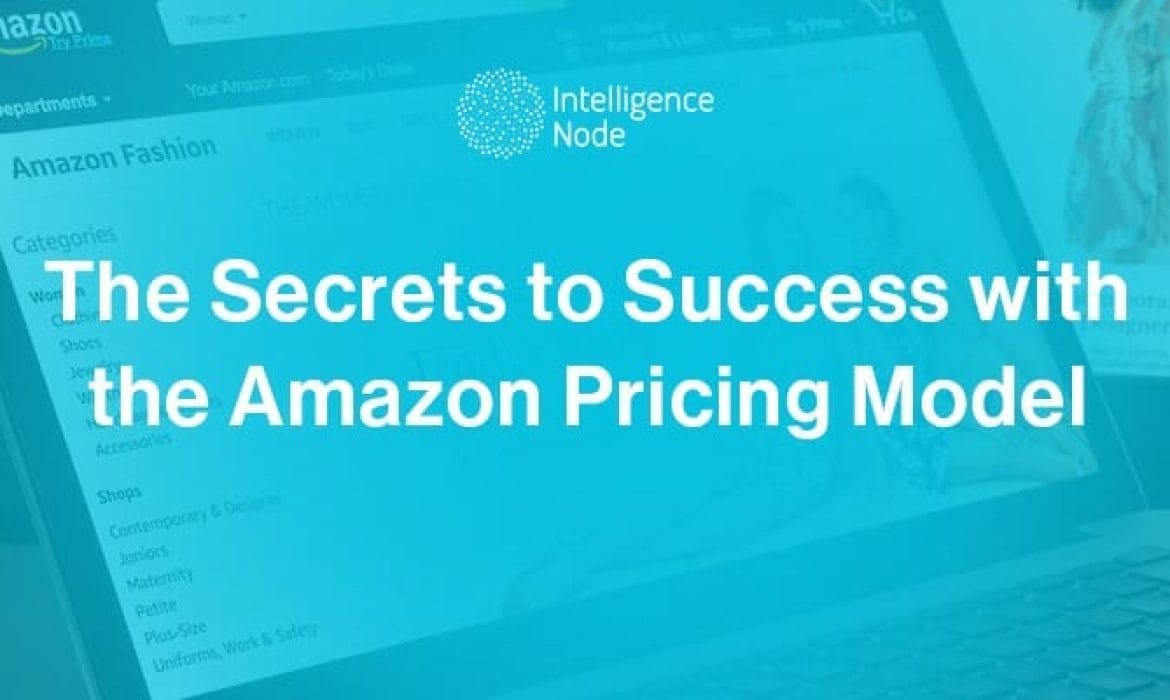
Choosing the right price for your product can be a tricky process. If you underprice your product, you risk putting people off or damaging your profit margin. But if you overprice it, your customers may feel that the product is of inferior quality. Ultimately, you need to balance your profit margin with your customer base.
Competitive pricing
To become a successful Amazon seller, it is important to understand how to set a competitive pricing strategy. You should know that there are many factors that determine the price of a product, but one important aspect is the total price. This is where you can set the price that is most likely to bring in the highest profit.
To set a competitive price on Amazon, you must study your competitors and understand how they price their products. A good rule of thumb is to set your price 1.5% higher than your competitors. However, don’t think that it is necessary to be the cheapest seller. It is better to be able to maximize value on every product.
Feeling of exclusivity
In order to sell on Amazon, you must choose a pricing strategy that is both competitive and flexible. The goal is to make more sales while retaining a healthy profit margin. Hence, it is important to understand the costs and benefits of each product before setting a price. It is also essential to keep a flexible pricing strategy in place to avoid huge price fluctuations. Also, you should remember that every product on Amazon is different. Therefore, you must develop a unique pricing strategy for each product.
Amazon uses many tricks to keep customers interested in purchasing their products. One of them is the “Charm Pricing” technique, which replaces cost with the number “9” to make the price appear lower. This strategy is based on the fact that the human mind perceives price numbers ending in “9” as less expensive than whole numbers.
Value-based pricing
A value-based pricing strategy is a way to price products that reflect their true worth. This strategy is most effective when combined with an effective marketing strategy. Value-based pricing structures focus on the importance of quality and the value that a customer places on a product. The value that a product has to a customer can be influenced by various factors. For example, the value of a high-end pair of running shoes may be very low to a casual runner, but an elite competitor may be willing to pay top dollar for a pair of ultra-lightweight trainers.
A value-based pricing strategy can benefit businesses in a number of ways. For instance, a business can use price comparison tools to identify similar products and prices. By comparing sales, they can determine what price is most competitive. Using the best-price-to-sale ratio can help businesses find maximum profit.
Automated repricing
Automated repricing is a strategy that allows you to automatically change your prices without affecting your customer’s price expectations. You can use the free cost calculator provided by Amazon to help you set your prices. However, keep in mind that the calculator doesn’t take into account taxes or other extra expenses. This method is best for sellers who want to attract more customers by offering cheaper prices. The downside to this method is that it decreases your revenue by setting your prices lower than your competition. You can set pricing rules for your products in Seller Central and choose which ASINs will be automatically repriced.
Automated repricing on Amazon is an important part of a seller’s pricing strategy. By analyzing competitors’ prices, an Amazon repricer will adjust your price to stay competitive. However, this method is inefficient because it is based on a single formula. Consequently, this method results in price wars. In order to avoid these price wars, Amazon sellers should use automatic repricing tools.

